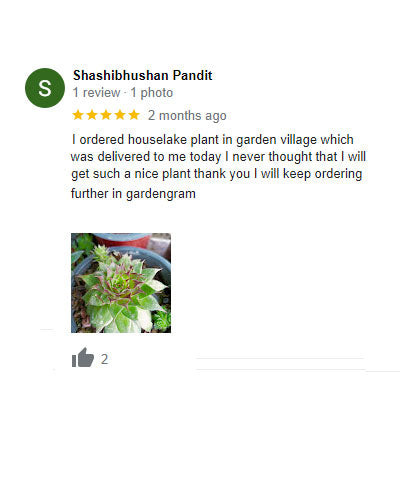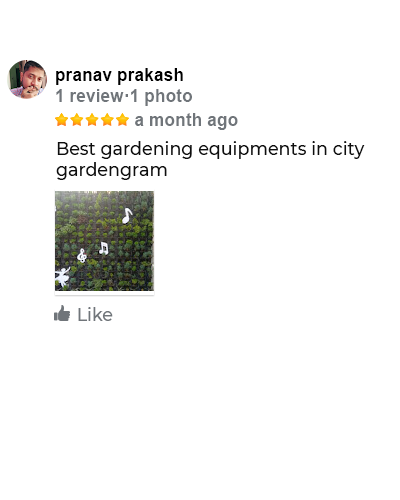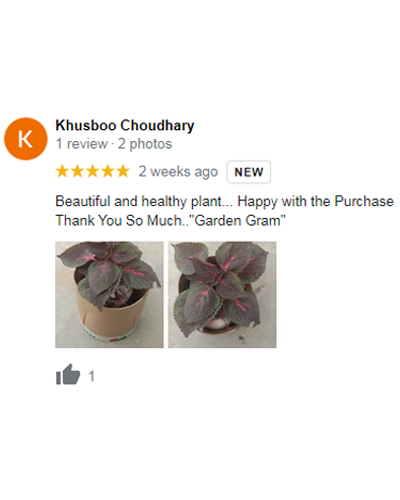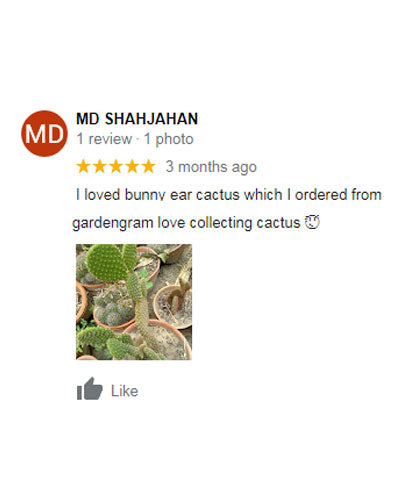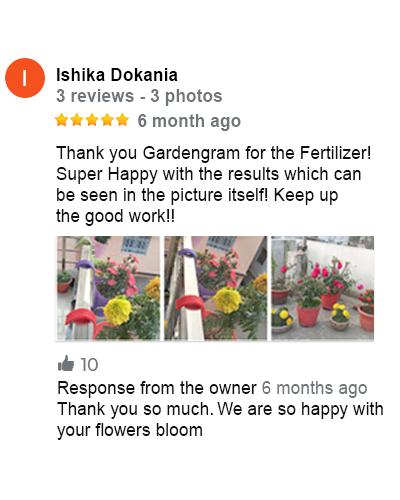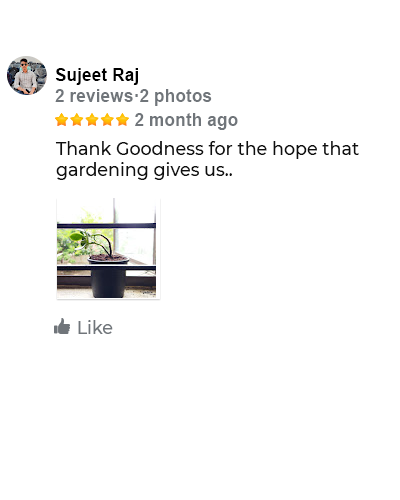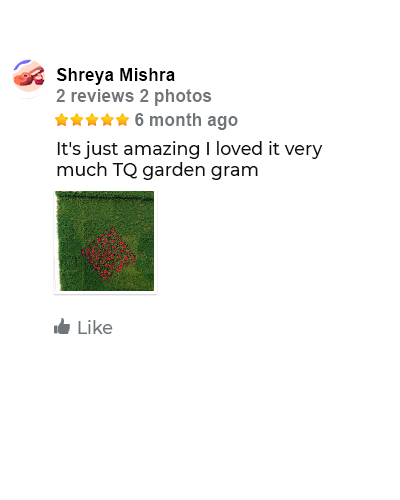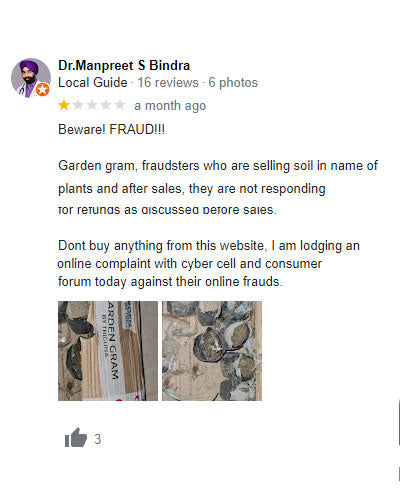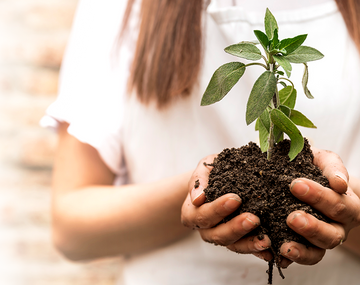Do All Plants Have To Be Green?
How do plants and flowers which are not green survive, make food and stay alive? Are they dangerous and unsafe to consume or keep? Let’s find out!
To begin with, let’s recall the concept of photosynthesis and chlorophyll, taught to us in middle school.

Photosynthesis is the process using which plants make food from the sun whereas chlorophyll is the pigment present in leaves which helps in absorbing sunlight. But this green thing is not just limited to leaves because if you’ll notice, even the stems are green. So does it mean that stem also does photosynthesis and has chlorophyll?
For starters, yes, the stem also does photosynthesis. Without getting too nerdy about this phenomenon, you basically have to consider the stem as a plant’s part which helps in moving food from the roots to leaves, fruits and flowers. To do this, it has to be fit and green. You must have seen a cactus. It doesn’t have leaves but sure its stem is green. Because that’s how it makes food and remains healthy. This brings another insightful question. Plants which aren’t green, how do they make food?
The next time you buy a mushroom, observe it carefully. It belongs to the fungi category and is non-green and hence, unable to make its food. Then how do they still end up growing?
This is because they get second-hand nutrition from other dead plants and decaying organic matter in their vicinity. In addition to this, non-green leaves of some plants may exist because of a pigment present in them besides chlorophyll which gives them a different colour. That’s why the Begonia plant has attractive red leaves. Now, in case you’re wondering if flowers and fruits are alive and do they make their food, let’s answer that too.
Flowers indulge in reproduction via pollen transfer and fruits can be turned into more fruits using their seeds. Then the whole cycle of germination will restart with a focus on sun and water for nutrition. So, fruits and flowers exist because a plant gets proper resources to thrive and they independently make no food.
What you can take away from this is that not all plants have to be green but the majority of them are and have to be green. Plus, to keep them alive and kicking, you need to take care of their nutritive needs. If you find your Basil leaves turning purple when their natural colour is green, don’t conclude that there suddenly is a new found pigment in their leaves. The case might be of deficiency of a vital element such as Phosphorus. That’s why adding biofertilizers helps. Using them every quarter depending upon your plant’s size and growth requirements, you can be assured that your cuties will be super healthy and reach their maximum potential in terms of stem strength, fruit quality, green leaves and deep roots. Home gardening is as much of a science as is an art. You being an urban gardener ought to mix the best of both these worlds to become even more smart and effective.





